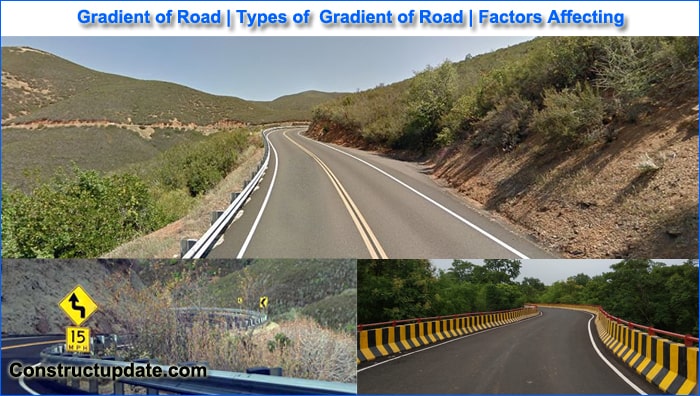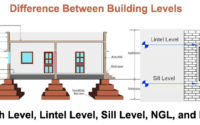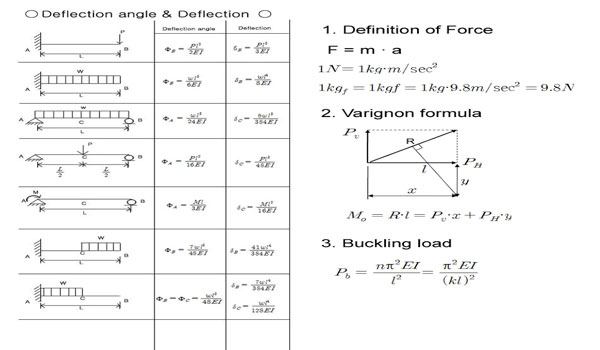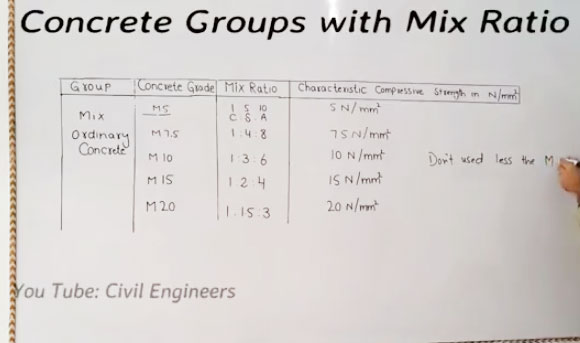Gradient of Road | 6 Types of Gradient of Road | Effect of Gradient on Roads | Factors of Gradient of Road
The Reason for Adding Gradient to the Roads
- To connect two stations or places that are on different levels with one another.
- To ensure effective rainfall drainage, particularly when the pavement is equipped with curbs.
- To construct the side drains in a cost-effective manner.
- By balancing cutting and filling, the earthwork necessary for road construction can be made more cost-effective.
Importance of Gradient in Roads
The most crucial aspect of road building is the grade. It is critical to provide the road with the requisite gradient along the length of its alignment in relation to the horizontal.
Gradient helps the vehicle to travel smoothly along vertical bends.
The gradient also aids in the drainage of rainfall from the road’s surface.
Gradients are quite useful on curved roads in flat areas with drainage issues.
Before deciding on the road’s gradient, it’s critical to examine the expense of construction, the cost of vehicular operation, and any practical issues that may develop on the job site.

Effect of Gradient on Roads
The impact of gradient on vehicle speed is significant. This is especially critical on highways with a high concentration of heavy vehicles.
The speed of traffic is often controlled by these large vehicles due to the shorter sight distance on uphill hills. As a result, vehicle running expenses will rise, and road capacity will have to be cut.
Accidents abound in the grades due to high speeds between large and light vehicles, as well as between uphill and downhill gradients.
Following 6 categories of gradient
- Ruling gradient
- Limiting gradient
- Exceptional gradient
- Minimum gradient
- Average gradient
- Floating gradient
- Ruling gradient
It is the maximum allowable gradient in the road’s alignment. This gradient is designed such that vehicles, whether drawn by animals or powered by electricity, may traverse the entire length of the gradient without being exhausted, making it uneconomical for the government to use fuel or other power-generating materials.
The gradient is determined by the mode of transportation that will use the road, as well as the type of road surfacing available.
- Limiting gradient
The limiting gradient or maximum gradient is a sharper gradient than the ruling gradient that can only be used for a short distance on the road. It is utilised when the geography of a location necessitates a greater gradient than the ruling gradient in order to save road construction costs.
- Exceptional Gradient
The exceptional gradient is a gradient that is steeper than the limiting gradient. This form of Gradient is typically employed in unusual situations where shorter road lengths are available.
The exceptional gradient is a much steeper gradient that is employed in unavoidable situations such as mountainous terrain. However, an extreme gradient has the disadvantage of requiring more fuel and resulting in higher friction losses.
- Minimum Gradient
For drainage purposes, a minimum gradient of 1 in 330 for concrete roads and 1 in 250 for other types of roads is desirable.
The expense of maintaining a minimum gradient is lower. There should be no potholes or depressions in this situation to facilitate water stagnation. It is primarily utilised on city streets.
- Average Gradient
The average gradient is calculated by dividing the entire increase or decrease between any two places on the alignment by the horizontal distance between them. The average grade can be used to carry out the initial paper location or preliminary survey, and it can also be used to estimate the length of the proposed alignment.
- Floating gradient
When a motor vehicle is moving at a constant speed and encounters a lowering grade, the vehicle will continue to move at the same pace without exerting any tractive effort. This is referred to as a floating gradient.
Factors Affecting Gradient
- Drainage required
- Nature of the traffic
- Nature of the ground
- Types of road surface
- Total height to be covered
- Railway interaction and Road
- Safety required
- Bridge Approaches





